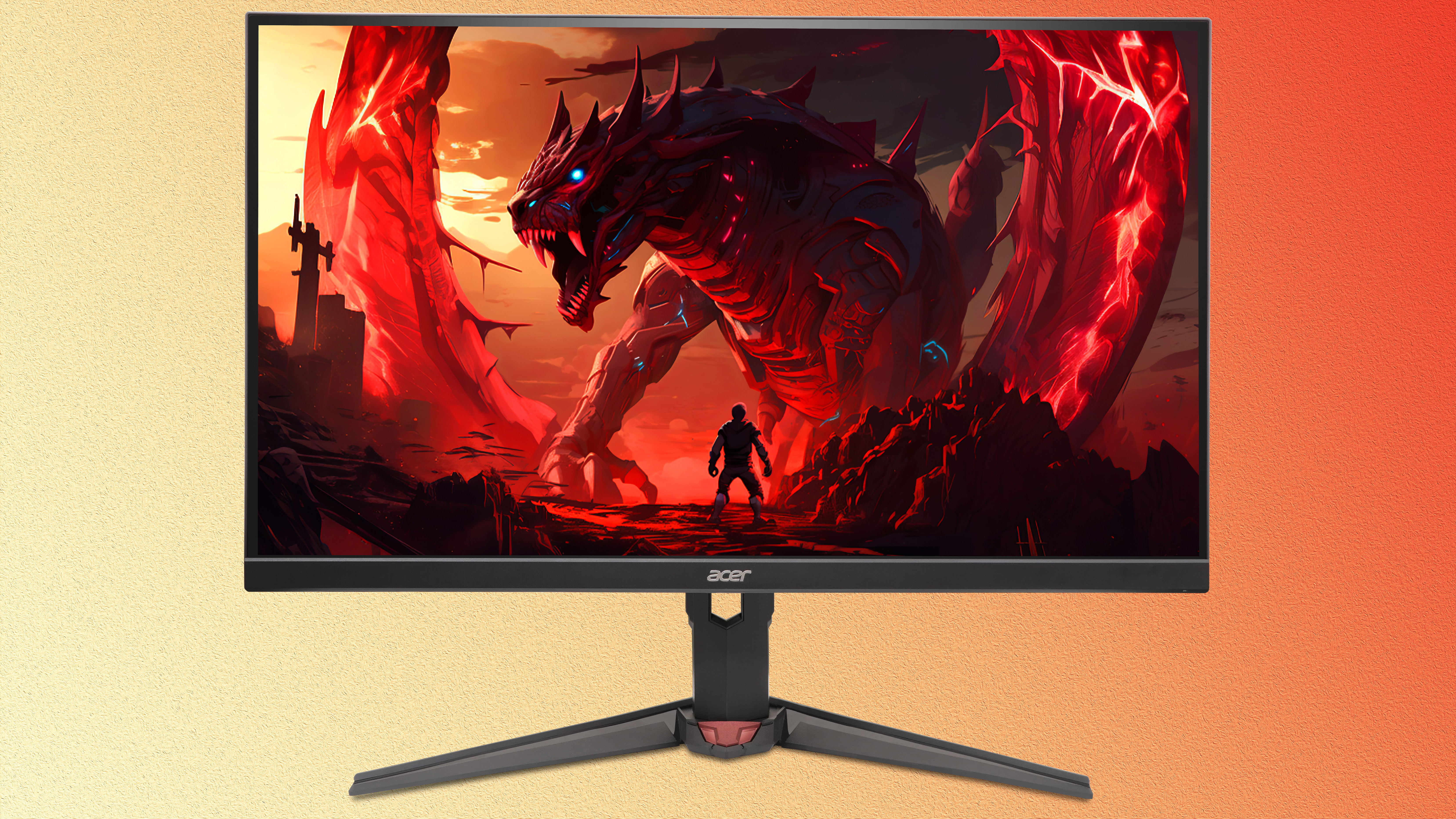
There’s been a debate about how many frames you could reasonably see on a gaming monitor as more manufacturers are turning up the dial on refresh rates, and Acer just threw the gauntlet with its new Acer Nitro XV240 F6 clocked in at a whopping 600Hz.
I remember when we were shocked by 360Hz screens back in 2020, but I saw that difference first-hand. I am a bit skeptical about seeing a difference at 600Hz. Even if there is a difference, is that enough to actually give you an advantage?
I don’t think the average gamer should remotely consider something like this, for a number of reasons I’ll get into, but this is definitely for someone. Here’s what we know about the Acer Nitro XV240 F6.
Is 600Hz even visible?

Before we get into it, let’s look at what Acer is actually offering here. The Acer Nitro XV240 F6 is a 24.1-inch, 1920 x 1080, 600Hz, TN display with a 0.1-millisecond response time.
For those who don’t remember what a TN panel is, it’s just about the worst-looking LCD panel, compared to VA and IPS. Why would Acer dare choose this for a $700 gaming monitor? (That’s right, it’s $700.) Well, TN offers the fastest performance, so it makes sense to opt for this panel, since this monitor is designed for speed.
Acer claims that the monitor gets 350 nits of brightness and covers up to 90% of the DCI-P3 color gamut. That’s actually quite impressive. In terms of V-Sync technology, it features AMD FreeSync, which is compatible with both Nvidia and AMD GPUs.
So with that stated, is 600Hz even visible? A report published in 2015 found that humans can technically perceive up to 500Hz under the right conditions, especially when a display includes high-frequency spatial edges (sharpness). But that’s just picking up flicker artifacts. What about gaming?
Maybe someone could see it, but is the average gamer actually taking advantage of this? And what about 600Hz? The study tested up to 1,000Hz, so it doesn’t seem like Acer's monitor is in the cards.
Seems like you'd need to have Predator-like senses to really use this thing, but the closest you'll get to that is covering your monitor in mud.
Another issue is graphics — modern GPUs, even the RTX 50-series with DLSS 4 enabled, struggle to achieve that high of a frame rate in AAA games.
Overall, I don’t think the average competitive gamer should buy one of these gaming monitors. A monitor with this high refresh rate should be reserved for serious esports players. I’m not saying it's necessary — nothing is going to change if you suck or not, but you should take every advantage you can get.
Normal folk, you might be able to experience something like this at esports events. Otherwise, you can look at the other gaming monitor that Acer announced: The Predator XB323QK V4.
The Predator XB323QK V4 is a 31.5-inch, 4K/160Hz or 1080p/320Hz, IPS gaming monitor with a 0.5-millisecond response time. Rocking dual-refresh rates isn’t very common, so it’s cool to see that you can get the best of both worlds if you go this route. Ironically, it's dimmer than the Nitro, at 250 nits of brightness, but it does feature slightly more color, at 95% DCI-P3. Unfortunately, there’s no pricing and availability for the U.S., so you might not actually see it at all here.
You know what is available in the U.S.? The Acer Nitro XV240 F6. It costs $700, and we’ll see it launch in North America sometime in May.







